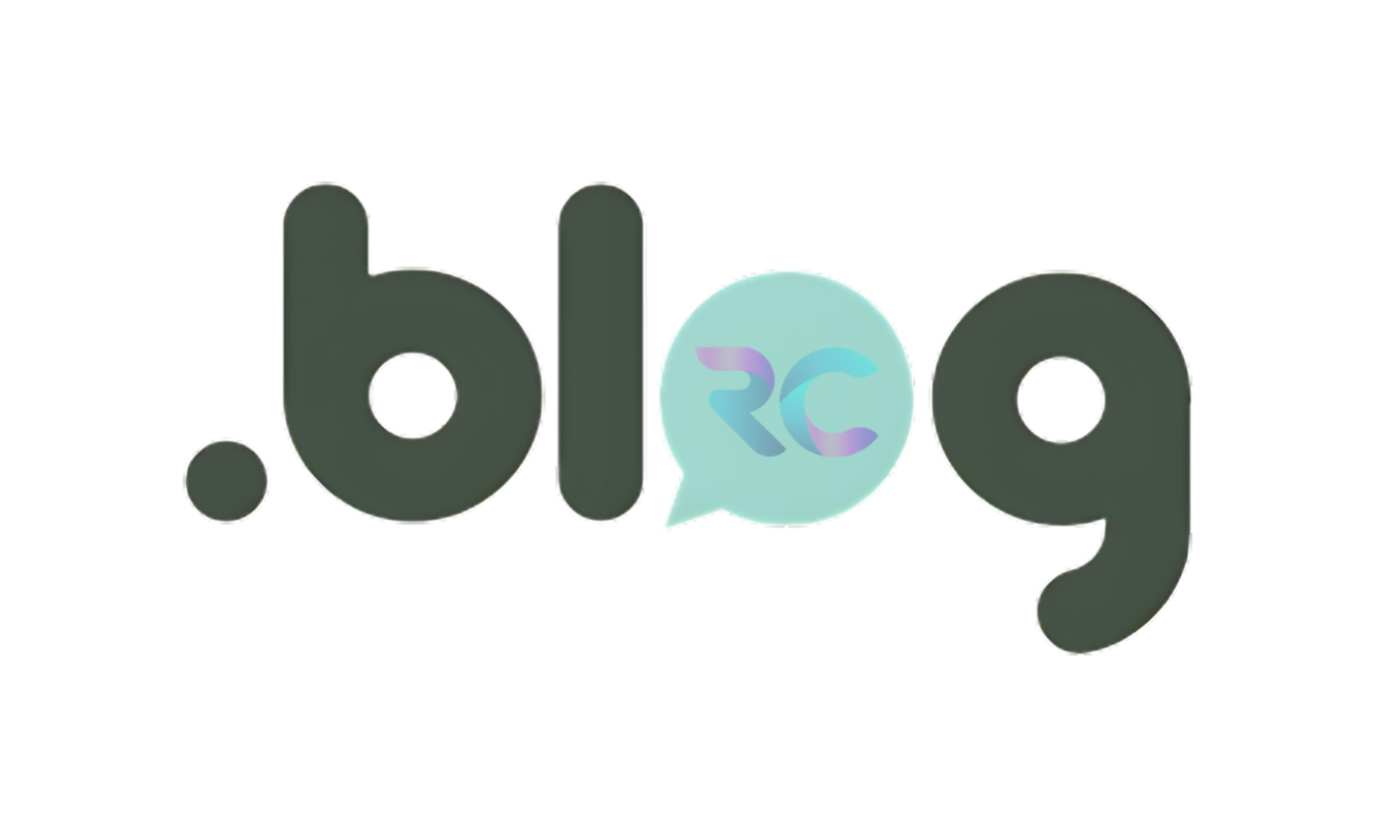
Understanding Color Psychology in Web Design
In the realm of web design, color is far more than just an aesthetic choice. It’s a powerful tool that can influence emotions, perceptions, and user behavior. The field of color psychology delves into how different colors impact human cognition and emotions, offering invaluable insights for web designers seeking to create engaging and effective online experiences.
What is Color Psychology?
Color psychology is the study of how colors affect human behavior, mood, and mental processes. It explores the psychological and emotional responses elicited by different colors, as well as the cultural and contextual influences on these reactions. In web design, understanding color psychology enables designers to strategically use colors to evoke specific feelings, convey messages, and guide user interactions.
The Impact of Color in Web Design
Color plays a crucial role in shaping the user experience on websites. From influencing first impressions to guiding navigation and encouraging conversions, color choices can significantly impact how visitors perceive and interact with a website. Here’s a closer look at some key aspects of color psychology in web design:
1. First Impressions
When users land on a website, their initial impressions are heavily influenced by its color scheme. Different colors evoke different emotions and associations, which can shape users’ perceptions of the brand, product, or content. For example, vibrant and warm colors like red or orange may convey energy and excitement, while cool tones like blue or green might evoke a sense of calm and professionalism.
2. Brand Identity
Color plays a central role in brand identity, serving as a visual representation of a brand’s personality, values, and positioning. Consistent use of color across a website reinforces brand recognition and strengthens brand recall. Designers must align color choices with the brand’s identity and target audience to effectively communicate its message and evoke the desired emotions.
3. User Engagement
Color can influence user engagement and interaction on a website. Calls-to-action (CTAs) and important elements can be highlighted using contrasting colors to draw attention and encourage clicks. Additionally, the use of color gradients, animations, and visual effects can enhance user engagement and create a more immersive browsing experience.
4. Information Hierarchy
In web design, color can be used to establish information hierarchy and guide users’ attention. By assigning different colors to various elements such as headings, subheadings, and body text, designers can create visual cues that help users navigate and digest content more effectively. Strong contrasts between text and background colors also improve readability and accessibility.
5. Emotional Response
Colors have the power to evoke specific emotions and moods, which can influence users’ perceptions and behaviors on a website. For example, warm colors like red, orange, and yellow are often associated with energy, passion, and urgency, making them effective for CTAs or promotional banners. In contrast, cool colors like blue and green are calming and reassuring, suitable for creating a sense of trust and reliability.
6. Cultural Considerations
It’s essential to consider cultural differences and associations when choosing colors for a website, especially in a globalized context. Colors can have diverse meanings and symbolism across cultures, and what may be perceived positively in one culture could have negative connotations in another. Conducting research and understanding the cultural context of the target audience can help designers avoid unintended misunderstandings or misinterpretations.
Conclusion
Color psychology is a powerful tool for web designers seeking to create compelling and user-centric experiences. By understanding the emotional and psychological impact of colors, designers can make informed decisions that resonate with users, reinforce brand identity, and drive desired actions. Whether it’s establishing a cohesive brand identity, guiding user interactions, or creating engaging visual experiences, color psychology remains a cornerstone of effective web design.






